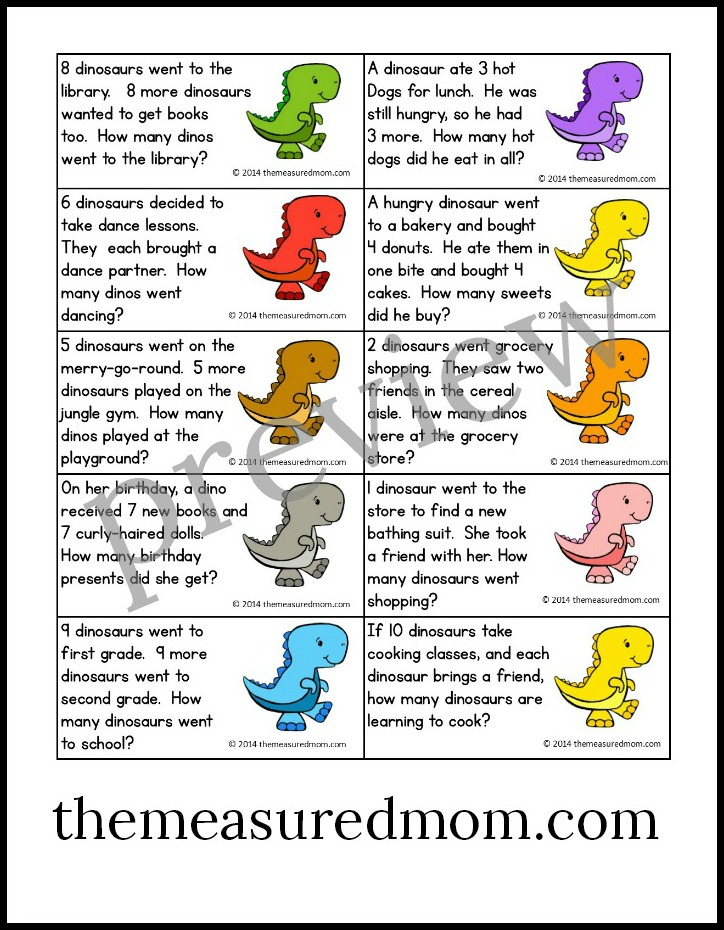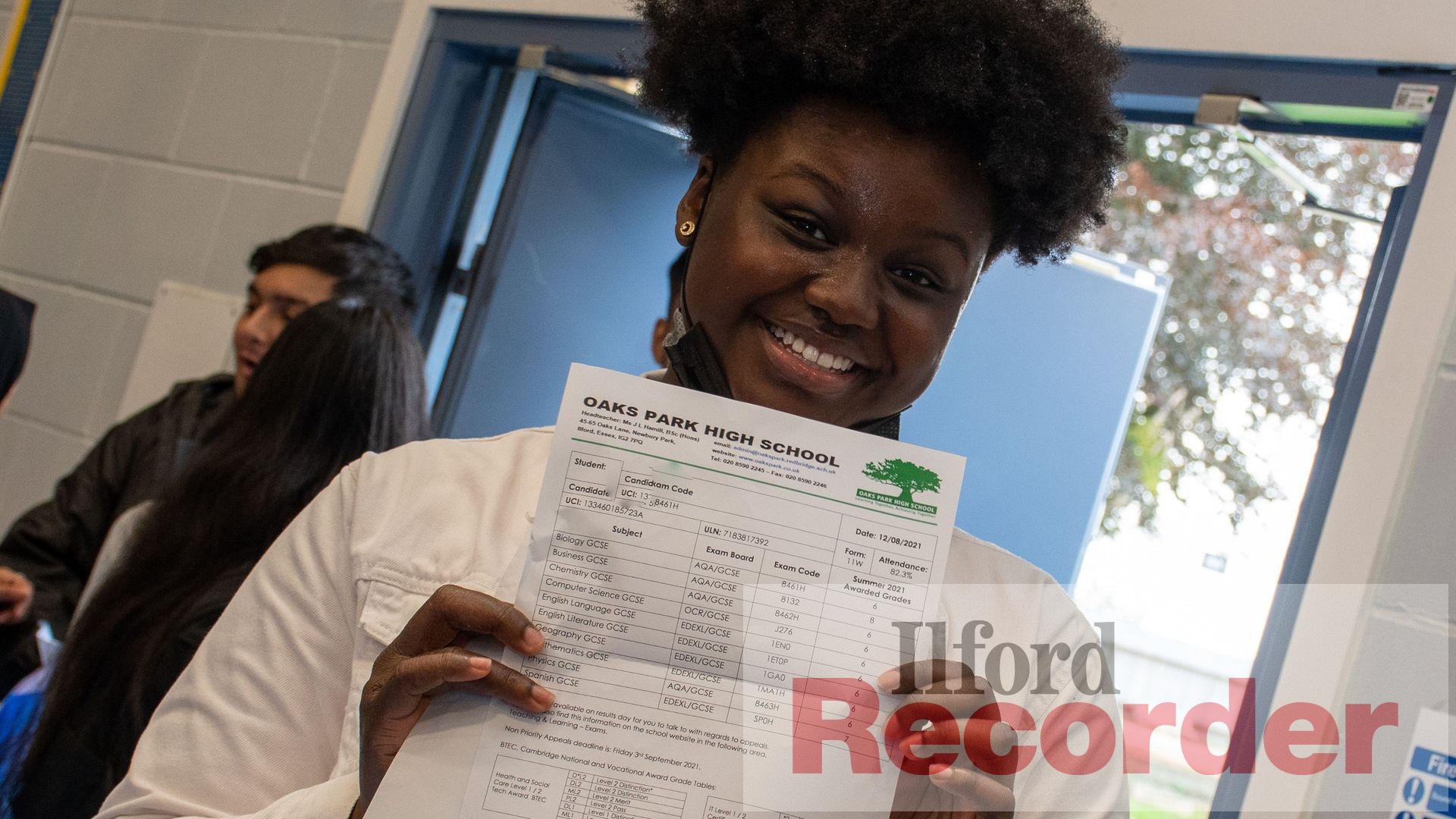
Maths time games can be fun, but they are also great ways for students to develop a sense of mathematical literacy. Students can use games like these to learn how to calculate the time between two events. If an event lasts one minute but takes two minutes, it is two minutes longer.
Online quizzes
Online quizzes in math can help students test their understanding of the subject. These tests evaluate both the time taken to solve a particular problem and the amount required of knowledge. You may be able to print the quiz and give it to someone you know.
You have the option to choose from many different types quizzes. Many are timed. Clicking on the link will activate the timer. You can also use TAB key to move between answer boxes. This is a great tool to test your child’s basic math skills and improve their speed at basic calculations. You can choose to take quizzes that are specific to your grade level. They include questions about 18+18, 10x10 and many other topics.
Interactive
Interactive maths time games are great to help children master the important skill of telling time. These games can be used at home or in the classroom in digital and analogue formats. These games can be used to help children learn about time and how to tell it to the nearest quarter of an hour.

The ability to accurately tell the time is a vital cultural skill that can be learned through time games. These games are not only useful in teaching children how to tell time, but they also help them to learn how to set and shut down a game clock. Children can also benefit from these games by understanding how time changes over a twelve- or twenty-four-hour period.
Puppets
Use puppets to bring maths alive for children can be a great way to make the subject more relatable. Students are often not encouraged to express themselves in maths classes. Teachers also tend to teach the subject the same way that they were taught. Both students and teachers can have fun with math lessons by using puppets.
Prodigy Math introduces the Puppetmaster, who scatters Warden Keystones all over the world. This puppet-like assistant follows his orders and is a puppet. This character will most likely appear after the player has completed both the Elemental Towers. His sprite now appears to be a vivid purple. This is likely due to the fact that this character is the last boss of the game.
Songs
Songs for maths time games are a great way to help your child develop essential number knowledge, such as counting and multiplication facts. They're also a great way to supplement math strategy learning, which can be done at home or at school. You can choose from songs for the 2, 5, and ten-times tables as well as more advanced songs.
Engaging with math is a way for children to learn faster. Math songs are much more enjoyable and useful than boring repetitions and drills. Listening to music stimulates the memory and can help form new memories. This allows children to retain and learn information quicker. The brain regions that are activated by the combination of math and music problem-solving may also be affected.

Digital/analog clocks
For teaching children about time, analog/digital clocks can be used. Children learn to relate the hour hand to the minute hand, and the hands on an analog clock to the sections of a circle. They also learn about the hand movement and rotation on an analogue clock. The hour hand will be faster than the minute one. Analogue and digital clocks can be used to teach children the difference in analogue anddigital time.
Analogue clocks show the passing of time by moving the hands continuously. They were first used to tell the time. Originally, people used to measure the length of the shadow to determine the time of day. The longest shadow was noon. There are also water clocks, sand dials, and other methods to tell the hour.
FAQ
What does it take to be a teacher of early childhood education?
Special training is required for teachers in early childhood education. Most states require teachers to be certified by their state boards before they can work in public schools.
Some states require teachers passing tests in math and reading.
Some states require teachers with early childhood education degrees to complete a set number of hours.
Most states have minimum requirements about what a teacher must know. These requirements can differ from one state to another.
What is a "Trade School"?
People who are not able to succeed at traditional higher education institutions can earn a degree through trade schools. They offer career-focused programs designed to prepare students for specific careers. These programs usually require two years of coursework. Students who enroll in them then move on to a paid apprenticeship program. Here they learn a job skill, and also receive training. Trade schools include vocational schools, technical colleges, community colleges, junior colleges, and universities. Some trade schools also offer associate degree programs.
How long does a teacher of early childhood take?
It takes four years to complete a bachelor's degree in early childhood education. The majority of universities require that you take two years to complete general education courses.
After your undergraduate studies, most people enroll in graduate school. This step allows for you to specialize in one area of study.
For example you could focus on child psychology, or learning disabilities. After completing your master's you will need to apply to a teacher training program.
This process will take several more years. This is a time when you will learn real-world skills from experienced educators.
Final, you must pass the state exam before you can start teaching.
It takes many years for this process to complete, so you may not be able immediately to join the workforce.
How can I get scholarships?
Scholarships are grants to help with college expenses. There are many types to choose from. These are:
-
Federal Grants
-
State Grants
-
Student Loans
-
Work Study Programs
-
Financial Aid
Federal grants come directly from the U.S. government. Federal grants are subject to certain conditions. To demonstrate financial need, applicants must meet certain requirements.
Individual states can offer grants to state governments. These grants are not always based on financial need. Some states may offer them for specific reasons.
Banks and other lending institutions issue student loans. Students typically borrow money to cover costs such as tuition and living expenses.
Employers can use work-study programmes to attract qualified students. Employers are required by law to pay minimum wage.
Financial aid allows low-income families to afford college by paying for all or part of their tuition costs.
Is it difficult for a teacher to become?
A major commitment is required to be a teacher. It will require you to dedicate a lot of time to your studies.
You can expect to work 40 hours per semaine while earning your degree.
In addition, you will need to find a job that fits your schedule. Part-time jobs are difficult to find for students who want to balance school and work.
Once you land a full-time position, you will likely be responsible for teaching classes during the day. You might even be required to travel to other schools throughout the week.
How long should I study each semester?
The time you spend studying will depend on several factors.
In addition to these factors, some schools may require you to take certain classes yearly. This means that you won’t be able to choose which courses you want to take in any given semester. You can ask your advisor to tell you which courses you need to take each semester.
Statistics
- “Children of homeowners are 116% more likely to graduate from college than children of renters of the same age, race, and income. (habitatbroward.org)
- These institutions can vary according to different contexts.[83] (en.wikipedia.org)
- Globally, in 2008, around 89% of children aged six to twelve were enrolled in primary education, and this proportion was rising. (en.wikipedia.org)
- Data from the Department of Education reveal that, among 2008 college graduates, 92.8 percent of humanities majors have voted at least once since finishing school. (bostonreview.net)
- They are also 25% more likely to graduate from high school and have higher math and reading scores, with fewer behavioral problems,” according to research at the University of Tennessee. (habitatbroward.org)
External Links
How To
What is vocational education?
Vocational education is an educational program that prepares students to work after high school and college. It teaches them specific skills for specific jobs (such as welding). It also includes on-the-job training in apprenticeship programs. Vocational education stands out from general education. This is because it focuses less on general knowledge and more on developing skills for specific occupations. Vocational education's goal is to help students find employment after they graduate.
Vocational education may be provided at all levels of schooling, including primary schools, secondary schools, colleges, universities, technical institutes, trade schools, community colleges, junior colleges, and four-year institutions. Many specialized schools are available, including nursing and culinary schools, law schools medical and dental schools, veterinary medicine school, veterinary medicine schools, firefighting training schools, police academies, military academy, and other military schools. Many of these offer both academic instruction, and practical experience.
In recent decades, many countries have made large investments in vocational training. However, the effectiveness of vocational education remains controversial. Some critics argue that it does little to improve students' employability; others argue that it provides useful preparation for life after school.
According to the U.S. Bureau of Labor Statistics (47% of American adults are currently holding a postsecondary certificate/degree related to their current job), this figure is higher among those with more education. This figure is higher among those with more education: 71% of workers aged 25-29 with a bachelor's degree or higher are currently employed in fields requiring postsecondary credentials.
The BLS reported that almost half the adult population of the country had at least one form of postsecondary credential as of 2012. Around one-third of Americans hold a two or four-year associate degree. One fifth of Americans have a master's, or doctorate.
The median annual wage of a bachelor's degree holder was $50,900 in 2013, compared with $23,800 for someone without one. The median wage for advanced degrees holders was $81,300.
For those who did no high school, the median salary was only $15,000. Those with less than a high school diploma earned $13,000 per year.